Photographs: Antonio Bronic/Reuters Aditya Kulkarni, Yourstory.in
Here's what made the 2-year-old start-up an overnight star. Illustrations by Dominic Xavier
The popular photo-sharing app Instagram was bought by Facebook earlier last week for an obscene valuation (which is enough to give each team member at Instagram, $77 million)!
While the amount Facebook paid for the app has raised a lot of questions, it is still a good success story that all of us can learn from.
So, what did the 2-year old company do right?
The author is a technologist and blogger with over a decade of experience with software products. He has a degree in Computer Science and an MBA from ISB. Most recently, he was a Product Manager at Google, managing some of their enterprise products.
Please click NEXT to continue reading
Courtesy: YourStory.in
1. Build it right and they will come!
Instagram was by no means the first photo sharing app on the iPhone.
Not even the 2ndor the 10th. But what really made Instagram stand out was that it was really easy to use, and provided real value to photographers and photo lovers.
They were not only able to pick features that would be most used, but more importantly resisted from adding unnecessary features (No timeline, no "related pictures", no categorisation, no "tag friends" etc...).
The features that they did build, they did well. Instagram is not the first app to integrate photo filters, but they are built so well into the app that it makes them really useful and simple. Plus, the app is beautiful. It looks and feels great to use.
The attention to detail is also awesome! It's signup page has exactly 3 required fields (email, username and password).
Clicking on any button does exactly what you expect it to. It doesn't spam your facebook/twitter feeds without your permission.
The attention to detail has allowed the app to differentiate itself, and in the hyper-competitive mobile-app world, this can count for a lot.
2. Users = $$$$
Instagram has no monetisation. No revenue. Not 1 cent.
But I can bet that their whole valuation was based on the number of users they had and Facebook's ability to monetise these users (through Facebook ads and the value of the data to Facebook).
This is an interesting learning for entrepreneurs in India: Large companies are willing to pay to acquire users and data about them.
If you have interesting data about the users, you can monetise it.
And being in India can be a competitive advantage from this perspective: Facebook, Google etc... don't have behavioural profiles of Indian users as detailed as those of US users.
Any Indian start-up that can build this data and acquire users will be interesting to the big software players.
3. Go after the right users
I think the way Instagram went after the initial set of users was brilliant.
The question they were faced with was: If we're building a app based on sharing pictures, who are the first set of users that we need to acquire?
Professional photographers? Amateurs? Award Winners?
What they did was that they went after good (but not necessarily great) photographers that have huge social circles -- These tend to be hobbyists rather than professionals.
This is a fairly obvious point, but Instragram commitment to get high-quality pictures (rather than pictures of funny cats) carried it through the initial phase.
Instagram's first wave of users were these kinds of users -- who bring other users through their social circles rather than through their award-winning photographs.
And soon enough lots of users came on to the network to follow these photographers.
4. Build your own network
Instagram's social strategy was not just to leverage existing social networks for sharing, but to build its own, supplemental network.
This is an important (and brave, for 2010) strategic decision.
The value of a network is basically in its connections. And connections between users can be deep and structured. Especially, interest-based connections are easily monetisable by an ad-network like Facebook.
Instagram's connections complement Facebook's connections very well, and I suspect is the main reason behind the huge valuation.
Another angle is that building a graph of users is a threat to Facebook, which sees itself as the owner of the world's social graph.
This also definitely factored into Facebook's decision.
5. Manufacture your own luck
And finally, luck also plays a huge factor.
While Instagram undoubtedly was lucky to gain the traction that it did, the founders put themselves in the right places to get lucky.
They had deep connections with their users -- they hired community managers and evangelists very early on.
Instagram could have easily become an app for distributing silly memes, but they managed the community very well.
The founders apparently were also were very approachable by local blogs, newspapers etc..., entering their app in various awards and contests.
These small things add up, and you never know what interaction or what blogger will tip your app into becoming a viral success.
All said and done, Instagram is an app that succeeded because of a confluence of several factors that came together, either through the effort of its creators or through luck.
Some of these may not be replicable, but it doesn't hurt to think about your startup and what lessons you can personally take away from this 2-year old app that struck gold.


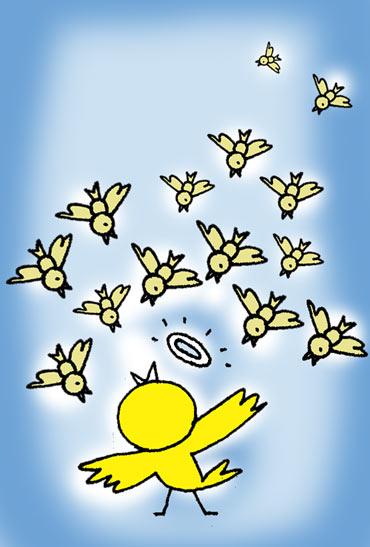
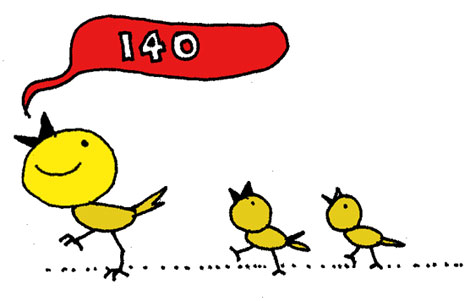
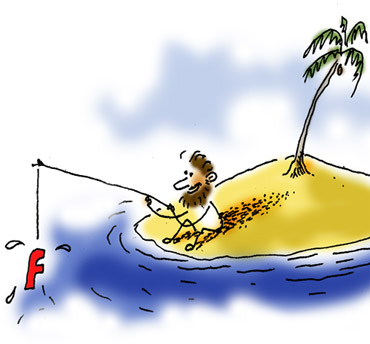
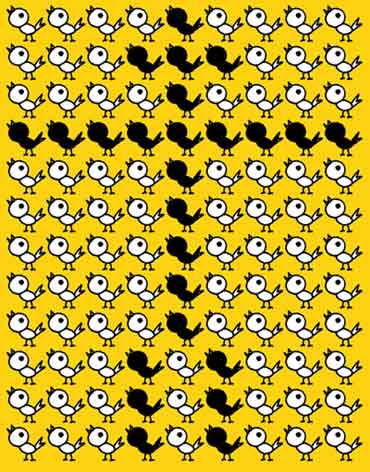
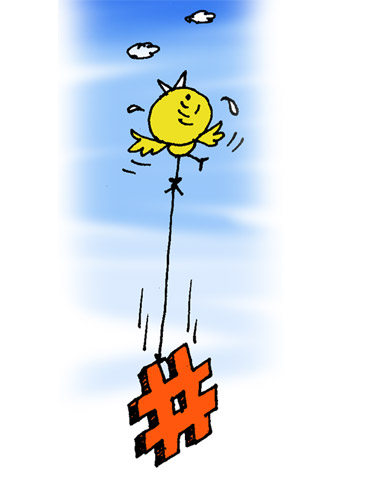
Comment
article